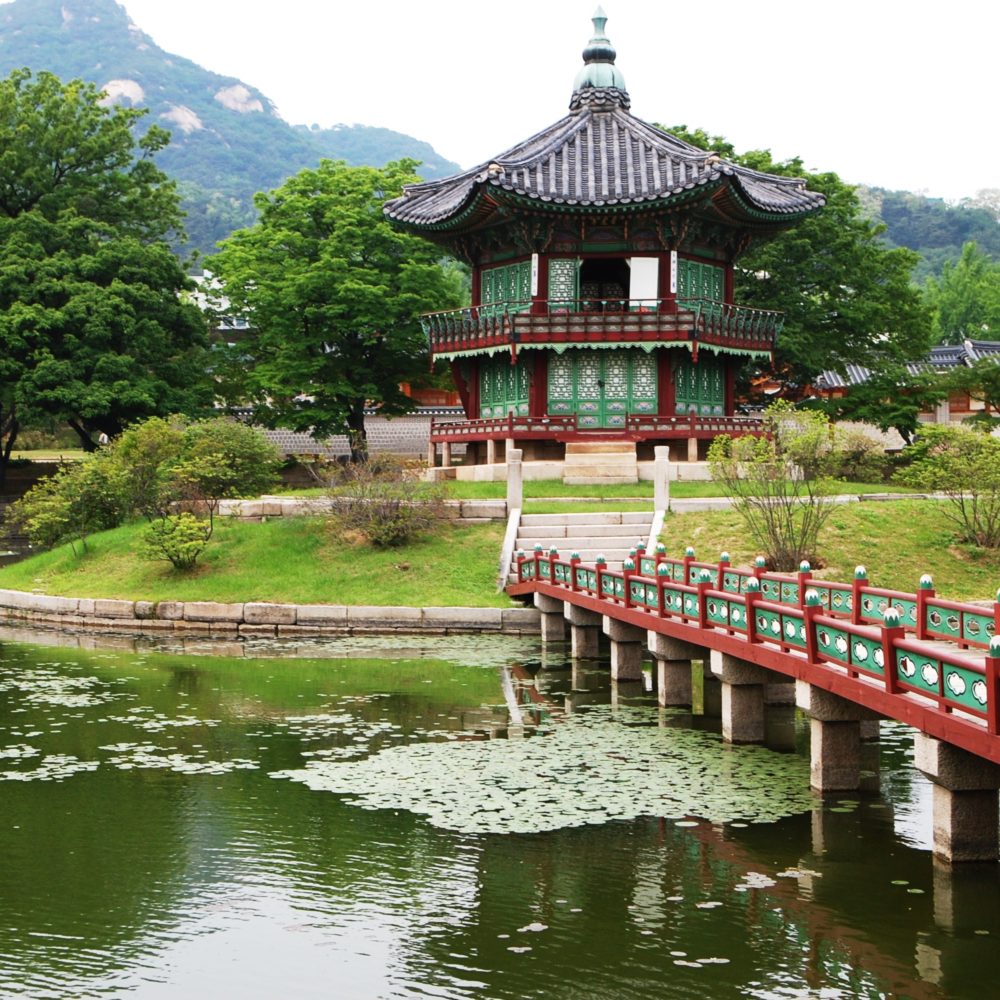SEOUL
KIMCHI. A Korean side dish made of vegetables such as cabbage or radishes that are salted, seasoned and fermented.
http://www.answers.com/topic/kimchi
Korean War. The 1950-1953 military conflict between North Korea and South Korea and their respective allies.
http://www.newworldencyclopedia.org/entry/Korean_War
Olympics. The 1988 Summer Olympics, or “Games of the VVIV Olympiad,” were held in Seoul.
http://www.olympic.org/en/content/Olympic-Games/All-Past-Olympic-Games/Summer/Seoul-1988/
North Korea. The Democratic People’s Republic of Korea, the country that occupies the northern part of the Korean Peninsula.
http://en.wikipedia.org/wiki/North_Korea
Monkfish. The name for several types of fish.
http://en.wikipedia.org/wiki/Monkfish
Joseon Dynasty. The rulers of Korea from 1392 to 1910.
http://asianhistory.about.com/od/southkorea/p/JoseonDynasty.htm
Land of the Morning Calm. An English language title or nickname, derived from the (Chinese) “hanja” script characters, for what is now North Korea and South Korea.
http://en.wikipedia.org/wiki/Korea
UNESCO World Heritage Site. A UNESCO World Heritage Site is a place that is listed by the United Nations Educational, Scientific and Cultural Organization (UNESCO) as of special cultural or physical significance
http://en.wikipedia.org/wiki/World_Heritage_Site
Hwangnam Bread. A sweet red-bean-filled pastry that was first made in Gyeongju.
http://search.yahoo.com/search?p=Hwangnam+Bread&ei=UTF-8&fr=clearspringff
Bibimbap. A traditional Korean rice dish.
http://english.visitkorea.or.kr/enu/FO/FO_EN_6_5_2_3.jsp
Hanji. A traditional Korean paper made from the bark of the Paper Mulberry tree.
http://en.wikipedia.org/wiki/Korean_paper
Pansori. A traditional Korean form of music performed by a singer and a drummer.
http://en.wikipedia.org/wiki/Pansori
Anyong. A polite greeting in the Korean language.
http://answers.yahoo.com/question/index?qid=20061128171008AAg7Tf4







